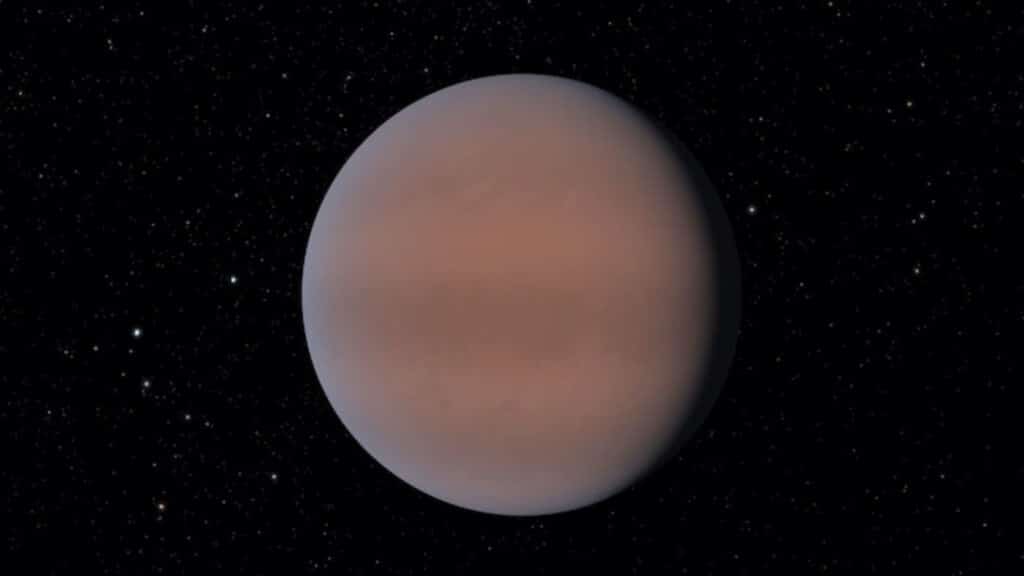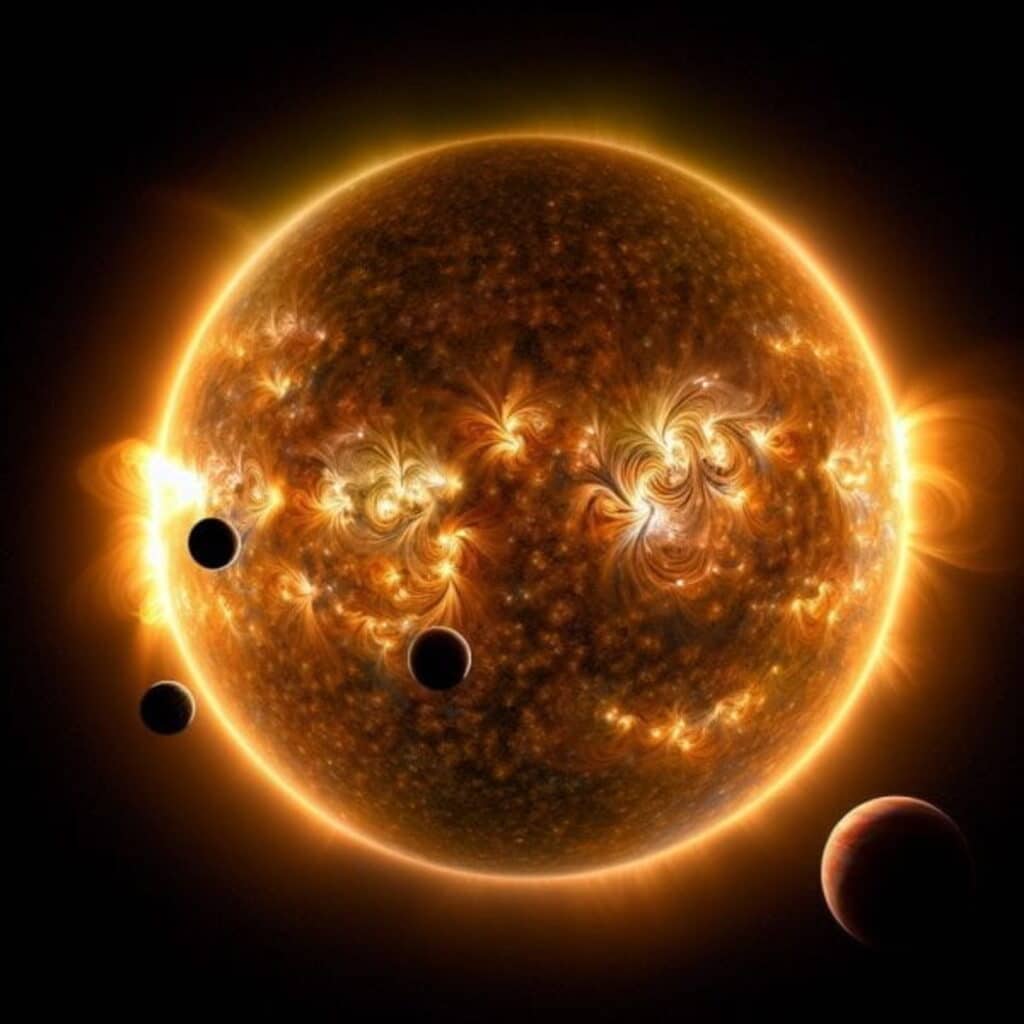Over a dozen Neptune-like exoplanets is reshaping astronomers’ understanding of planetary formation. University of Kansas scientists have discovered new insights into the atmospheres of these 15 exoplanets, offering a glimpse into the complex behaviors of planets beyond our solar system.
Exoplanets, planets located outside our solar system, have been the subject of fascination and intense study in recent years, especially with advancements in space telescope technology such as the Hubble and Webb Space Telescopes. Researchers focused on a subset of these celestial bodies, similar in size to Neptune, which, despite being inhospitable to human life, play a crucial role in the cosmic puzzle of planetary systems’ diversity across the galaxy.

“Over the past several years at KU, my focus has been studying the atmospheres of exoplanets through a technique known as transmission spectroscopy,” says study author Jonathan Brande, a doctoral candidate in the ExoLab at the University of Kansas, in a media release. “When a planet transits, meaning it moves between our line of sight and the star it orbits, light from the star passes through the planet’s atmosphere, getting absorbed by the various gases present. By capturing a spectrum of the star — passing the light through an instrument called a spectrograph, akin to passing it through a prism — we observe a rainbow, measuring the brightness of different constituent colors. Varied areas of brightness or dimness in the spectrum reveal the gases absorbing light in the planet’s atmosphere.”
The findings from Brande’s study highlight a significant deviation from previous expectations. Unlike the traditional belief that these Neptune-like exoplanets would exhibit fainter atmospheres, the study suggests they are much brighter and form more quickly due to previously neglected interactions between gas and dark matter. This revelation prompts a reconsideration of why our solar system lacks a small Neptune, while such planets seem prevalent in other star systems.
Transmission spectroscopy has already led to notable discoveries, such as the detection of water vapor in the atmosphere of the “warm Neptune” exoplanet TOI-674 b. The recent study builds on this by employing atmospheric retrieval techniques, a more nuanced approach that iterates through thousands of simulations to deduce the planets’ atmospheric compositions, particularly focusing on water vapor quantity and cloud locations.
This methodological shift has uncovered that the atmospheres of these planets are not only clearer than previously thought but also contain distinct cloud formations. Brande’s research indicates that these clouds are “fluffy,” composed of particles like water droplets, which remain suspended high in the atmosphere due to their low tendency to settle — a characteristic determined by the sedimentation efficiency parameter.
These findings have not only generated “substantial interest” within the scientific community but also complement ongoing research efforts. For instance, Brande is part of an international observation program that recently identified water vapor on GJ 9827d, a hot, Venus-like planet 97 light-years away. This discovery, led by Pierre-Alexis Roy of the Trottier Institute for Research on Exoplanets at Université de Montréal, further supports the notion that water-rich planets are more common in the Milky Way than previously believed.

“We were searching for water vapor on the atmospheres of sub-Neptune-type planets,” explains Brande. “Pierre-Alexis’ paper is the latest from that main effort because it took approximately 10 or 11 orbits or transits of the planet to make the water-vapor detection. Pierre-Alexis’ spectrum made it into our paper as one of our trend-data points, and we included all the planets from their proposal and others studied in the literature, making our results stronger. We were in close communication with them during the process of both papers to ensure we were using the proper updated results and accurately reflecting their findings.”
As the study of exoplanets continues to evolve, findings like those from Brande and his colleagues at the University of Kansas’s ExoLab, as well as their international collaborators, pave the way for deeper understanding and new theories regarding the formation and composition of planets throughout the galaxy. This research not only enriches our knowledge of the universe but also underscores the importance of continued exploration and the potential for unexpected discoveries in the vast expanse of space.
The study is published in The Astrophysical Journal Letters.













Comments